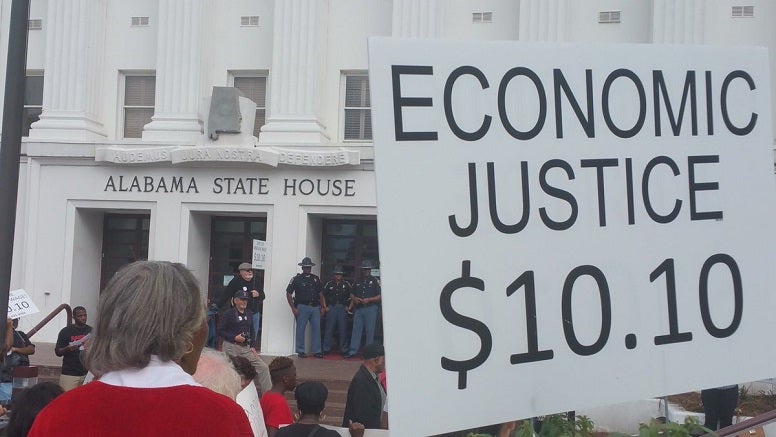Uncategorized
Making Less Equals Living Less

Living in poverty is difficult. Housing is expensive. Enough food might be tough to come by. And there is never enough money to pay for the bills and everyday expenses that arise. But that’s not the only issue with being poor – it could also take years off a person’s life.
An in-depth piece by The New York Times details the yawning life expectancy gap between the “haves” and “have nots”. It found that the top one percent of male earners have a life expectancy 15 years longer than the poorest one percent of male earners. For women, the gap between the richest and poorest is 10 years. And if the current trends continue, that difference is likely to grow.
There is other data that shows the struggles of many low-income Americans. White women between 25 and 55, for instance, have seen a spike in mortality rates. It is being driven by an increase in drug and alcohol dependency. Suicides are up as much as 50 percent for women in this demographic.
Why is this this the case? One economist told The Washington Post it is because many are giving up after years of struggle due in part to income inequality. “It’s a loss of hope, a loss of expectations of progress from one generation to the next,” said Angus Deaton, a Nobel Prize-winning economist who had studied the data.
Elected officials need to build hope again. They do that by taking the lead in making actual changes that will help everyday Americans who are struggling to make ends meet. Workers in California and New York have seen some of that in recent weeks with the passage of legislation that will raise the minimum wage for millions to $15 an hour in the coming years. More, however, needs to be done nationally.